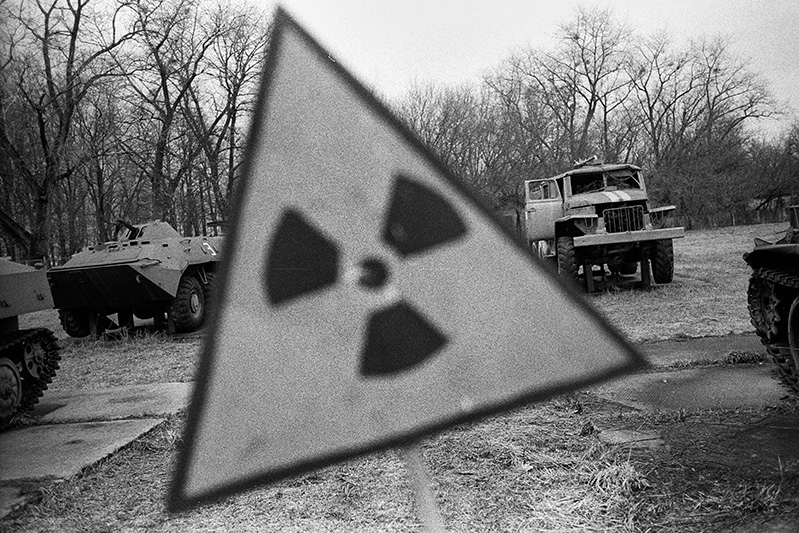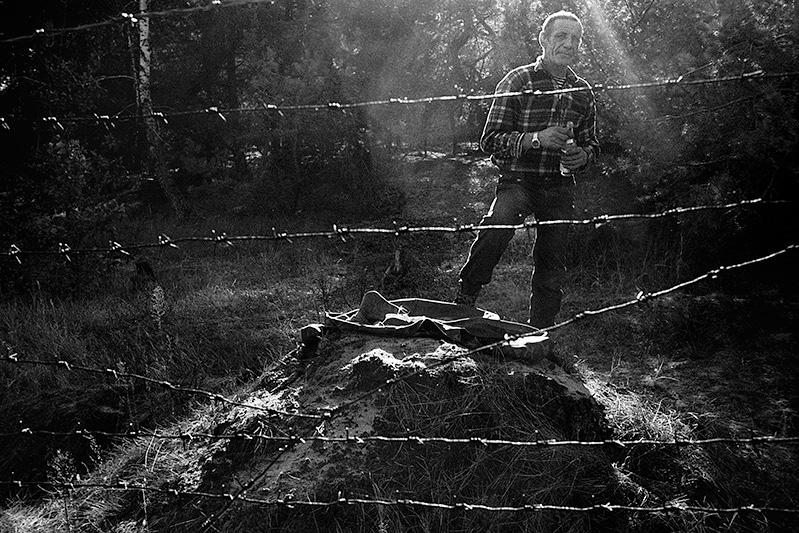Artur Bondar is a photographer, publisher, collector from Ukraine. Author of seven books, such as - "Shadows of the Star Wormwood", "Signs of War", "Barricade", "Valery Faminsky V. 1945", "Edge" and others. Currently he lives in Moscow and continues to work on personal projects on the topic history, difficult heritage, private and collective memory.
About the creation of the book ‘Shadows stars sage’.
The first time I went to Chernobyl was in 2007. I was just walking around the Zone and realized that I really enjoyed it there. I do not like places with a lot of people, and there I was feeling very comfortable.
Of course, the Zone has strict rules: according to the law, you cannot move around the territory without escort. The entrance is allowed from 10 am. The exit is until 6 pm. Once we have lived inside the Zone for around two weeks – it was the longest time I stayed.
I went to the village with a friend. We did not even hope to get inside, and since we did not prepare well, we did not have tents. Some locals gave us keys of their home and said we could stay for as long as we wanted.
People move to ‘the Mainland’, so many houses are left empty. That is how the samosely (‘self-settlers’), the residents of the Zone, call the rest of Ukraine. At that time, they were around 120, and all of them voluntarily returned to the contaminated area.
We had a regular life there: shooting the locals, walking with them around the Zone and talking. One of the reasons why I went back there was because I realized that the residents of the Zone did not care about money, business and all that life fuss. In principle, all they care about is to be left in peace to live in their homeland. These people are not afraid of radiation. They are convinced that more people die from radiophobia than actual effects of radiation.
During these eight years that I was going to Chernobyl, everything changed drastically. In the beginning I could find some connections, negotiate to get a pass. Later it became more difficult. The government had changed, therefore also the administration of the Zone and the security, and I started going there illegally.
Once I got caught. At the trial they gave me an administrative violation fine. At that time, it was even cheaper than an official tour ticket to the Zone. The tourism remains popular now, especially after the HBO show. In my opinion, it is a great way to learn more about the Zone. The show is quite stereotypical, but the cinematography is beautiful.
The very main reason why I stopped going was the consequences of another anniversary of the disaster. It was supposed to be an important one; Yanukovych, Putin and Lukashenko were planning to go. Before their arrival they renewed the roads in Chernobyl and painted the buildings, so that the leaders could pass this area ‘with fun’. After that the territory lost all its atmosphere. For me, the inner state of the Zone was very important, that comfort and that connection I used to feel. Also, when I saw that my photos started to repeat, I realized: there is not much new I can say with photography.
Later I decided to make a book. It was a problem because I did not want to make a classic book at all. When I started working on it, I realized that I did not have enough material from before the disaster to provide the feeling of that place ‘before’ and ‘after’. That is why I went back once more, not to the Zone itself, but to its surroundings, talking to the people, asking them to show me old pictures.
During this trip I collected the archive materials: how these people used to live before the tragedy; a kindergarten or a school they went to – they still had the pictures, but not too many. I also asked about that time a friend of mine whose father used to work on The Chernobyl Nuclear Power Plant. The collected archive material ended up in the book. We made it together with the designer Anton Lepashev.
Together we came up with the idea that I would give him all the archive, and he would create a book out of it, with the eyes of a person who had never been to the Zone, and the films of someone who had been there too much.
The whole book is made as a road trip, in which you come across different things on your way: someone’s pass from that time or personal belongings; you walk into the woods and stumble upon someone’s house, enter, look around; you go further and find some animals, someone’s horns…
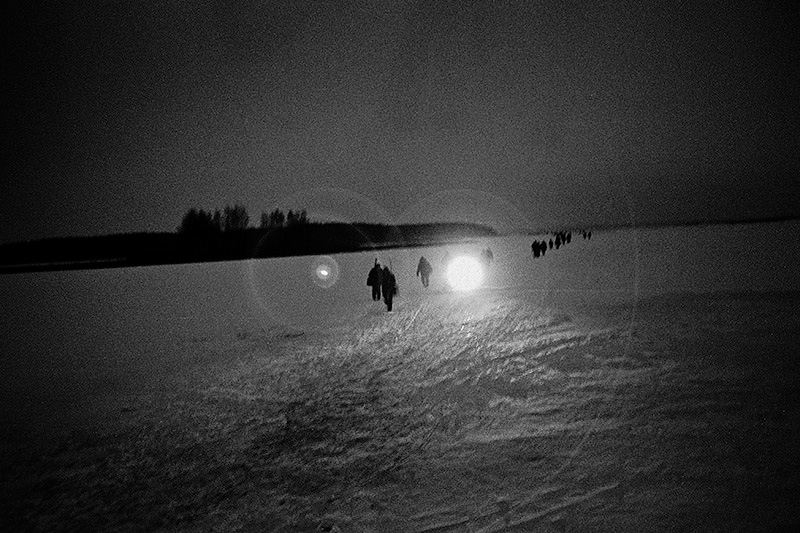
SHADOWS OF WORMWOOD
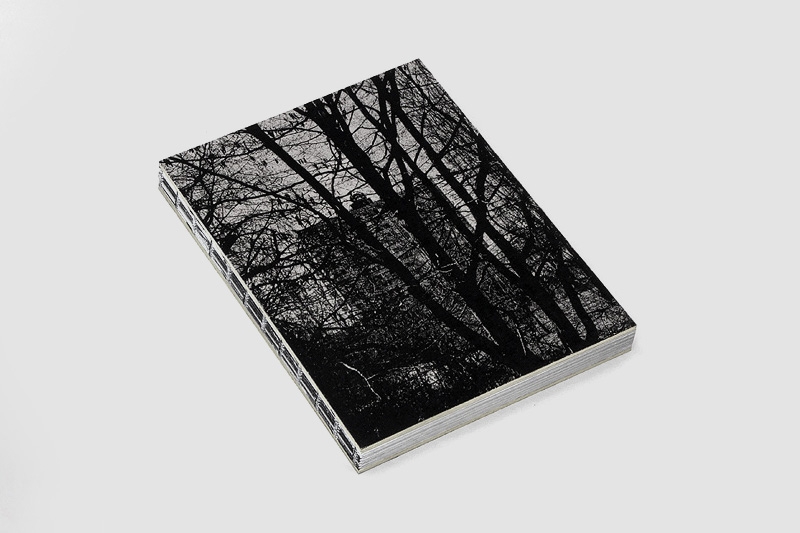
SHADOWS OF WORMWOOD
So, it is like a road-movie in a book?
Yes, you can say so.
We know that during the book design development, it was important for you to convey this feeling through the cover’s texture and smell. Can you say more about it?
It happened in the process. We thought it would be a cool thing adding up another level to the perception of the book. Due to the odd smell of the book, each person has a different association with it: some compared it to the humid smell of the forest moss; some said it smelled like radiation (although I do not know what this smell could be, because radiation does not have a smell). Anyhow, this feature worked well to boost imagination. Plus, I wrapped each copy in foil – as a metaphor of anti-radiation protection, even though it is understandable that it does not provide real protection.
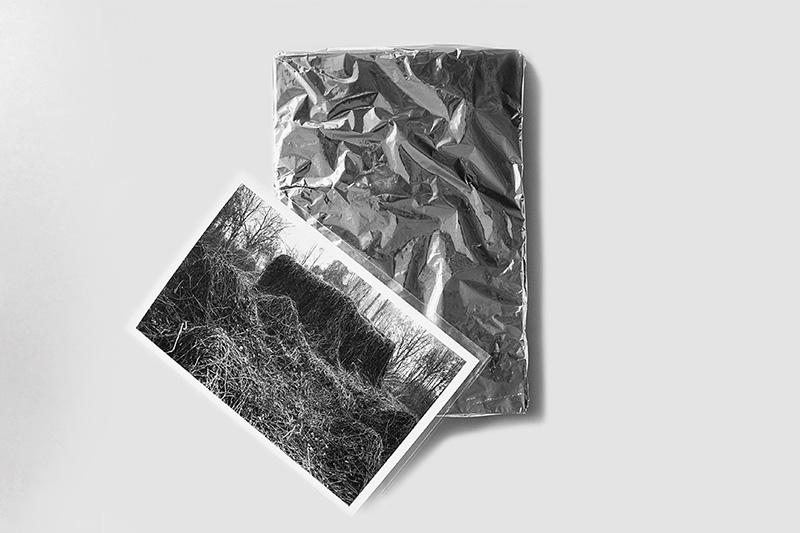
SHADOWS OF WORMWOOD
Artur, do you plan to republish the book?
I talked to Anton about the reissue. I cannot promise it will happen, because the book is difficult both in composition and in production: the printing itself and the making of the covers.
Is it sold out or is it still possible to find the book somewhere?
This book was sold out very quickly, it made a perfect fit among the artistic and documentary books. Many people liked it. Actually, this book would not happen if not for Anton. It is the expression of my material and his interpretation of this material. So, working in a team is great.
Good when you want to and know how to work in a team!
I think it is easy. What is important is to have the initiative. I hardly ever call a project ‘my book’, more often I call it ‘our book’, because it is always a teamwork. And if there is a possibility to pay to all the participants – that is the perfect case, because everyone must receive payment for their work.
I encounter this problem nowadays in the world of galleries and museums, where simply nothing is budgeted for the author’s royalties. Why is it like that? I do not think it is the way to go. The same is with a book production: everyone must get paid. If not, everyone should be interested in the idea and the book in general. For example, for the book «V.1945», which we published in 2017 with the designer Konstantin Eremenko, everyone worked for free, because it was a common idea to make a book of a forgotten war photographer.
I think, an artist photographer is not supposed to make a book alone, because every specialist should follow their own direction. A photographer does not think in terms of a book, about flipping through the pages, the weight or density of the paper. These are the things which are a specialty of a graphic and a book designer, not a photographer.
The first layout of the veterans book I made on my own, but sometimes you need to accept that what you have done is bad, and to search for the people who can do it well. A new person brings in new layers to your common product. It is the case when 1+1=3.
